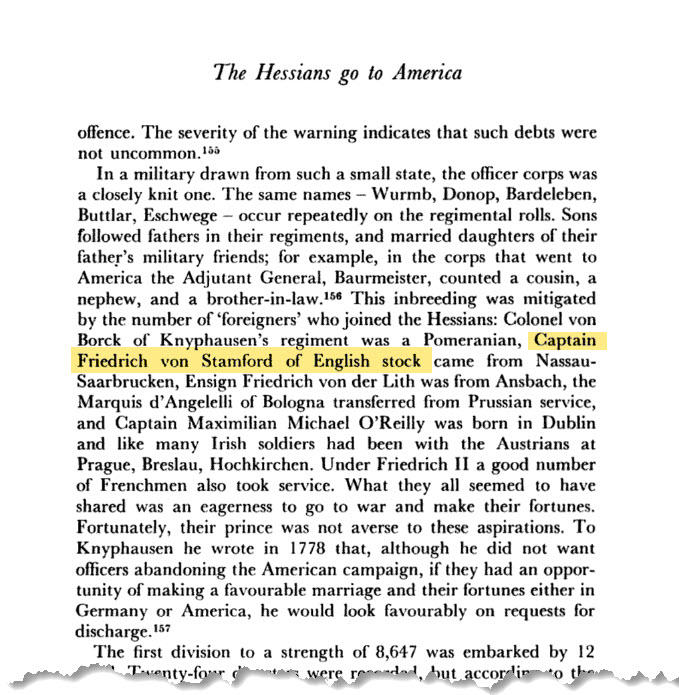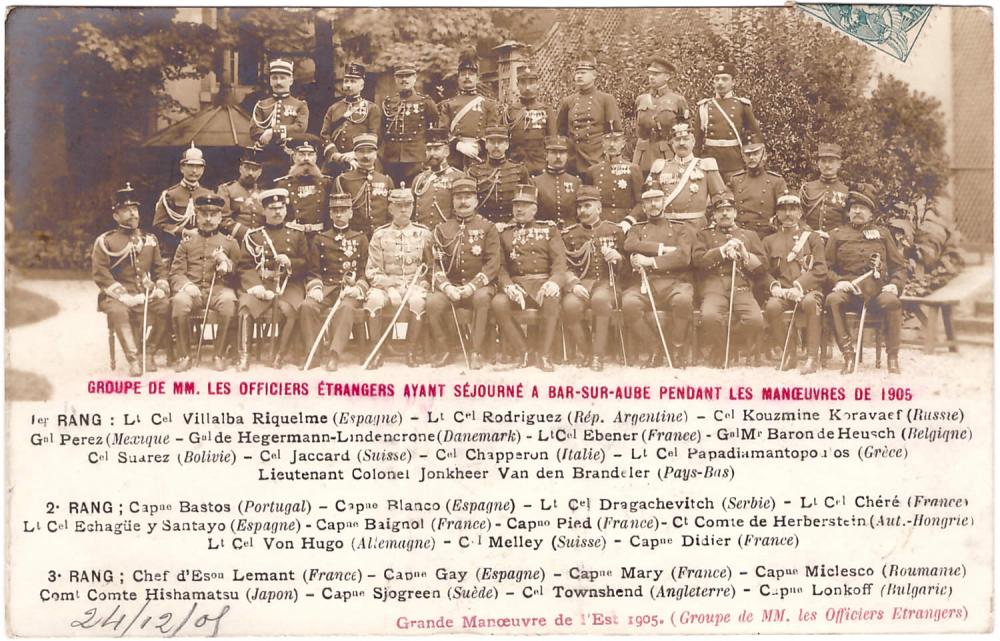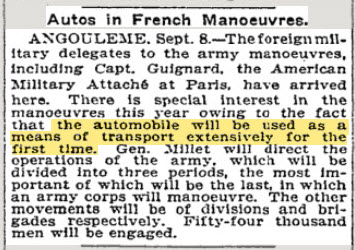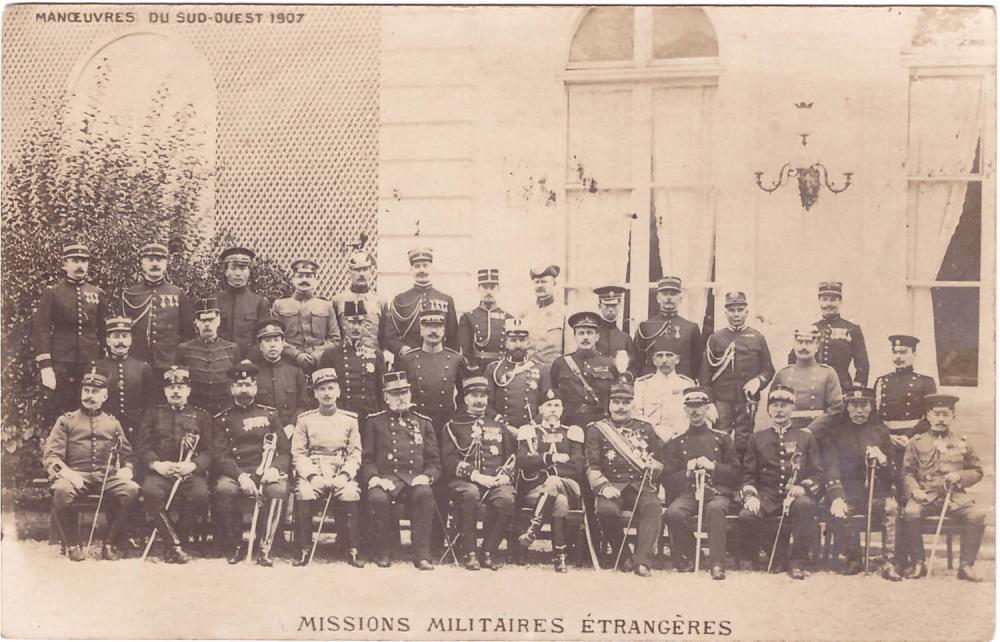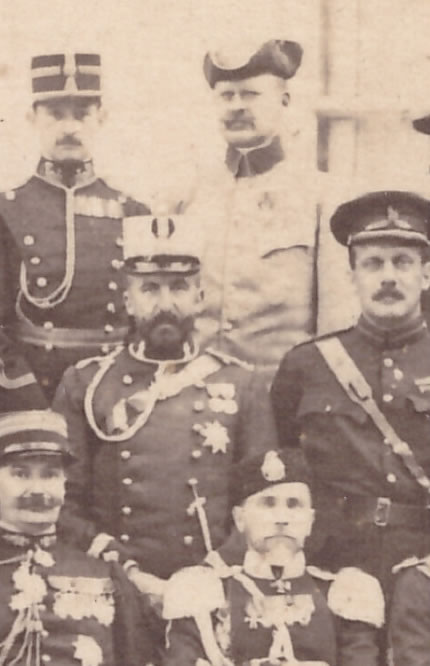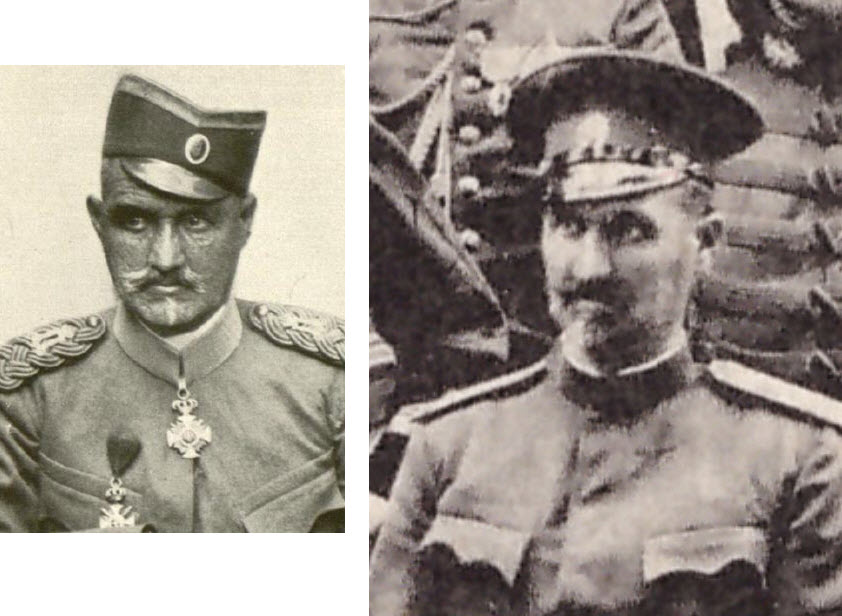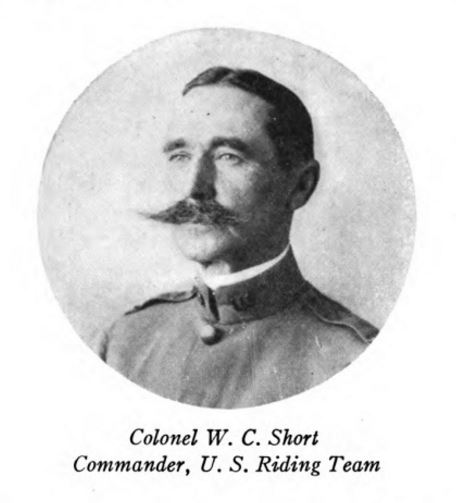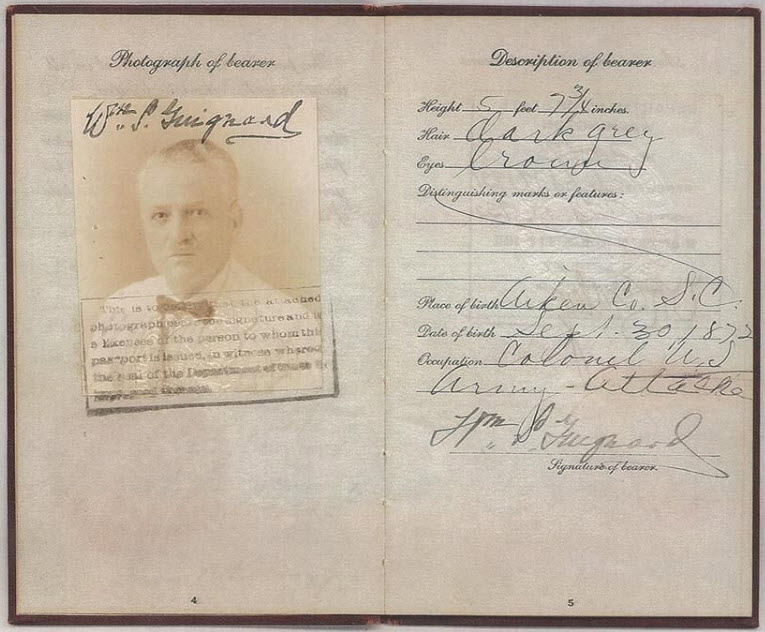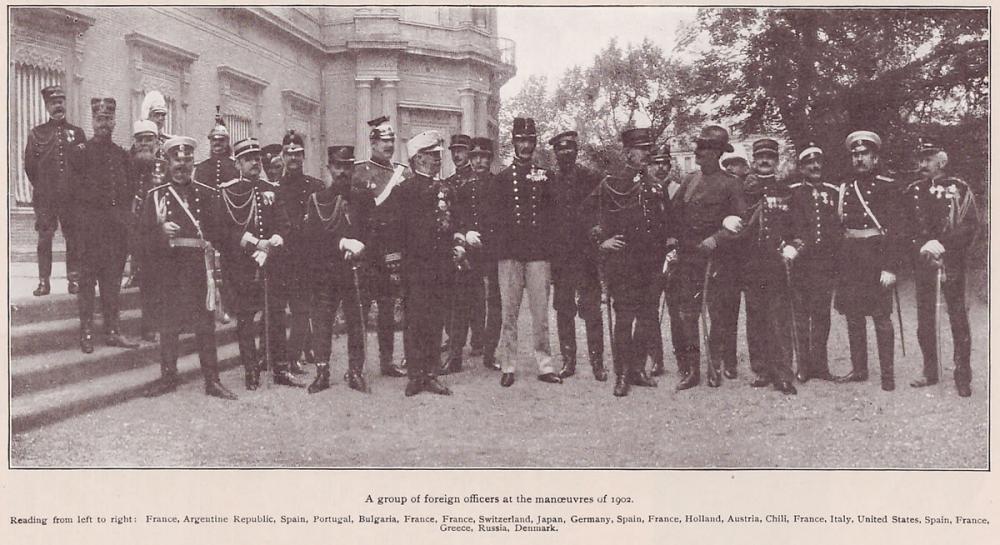-
Posts
581 -
Joined
-
Last visited
-
Days Won
2
Content Type
Profiles
Forums
Blogs
Gallery
Events
Store
Everything posted by Trooper_D
-
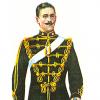
Uncategorised Finds of the day
Trooper_D replied to Stuka f's topic in Non Military Collectibles & Antiques
If there is a Mrs/Madame Stuka, was she as excited as you, when you brought this home? -

Bulgarian Queen Eleanora's Cross
Trooper_D replied to cwdts's topic in Central & Eastern European States
My pleasure - I learnt a lot as well. I agree with you that it does look like 1915. Thanks, Graf ,for your confirmation. -

Bulgarian Queen Eleanora's Cross
Trooper_D replied to cwdts's topic in Central & Eastern European States
I think that this page helps clear this up, New World: http://www.redcross.org.uk/en/About-us/Who-we-are/Museum-and-archives/Collections/Medals-and-badges wherein it states that "[t]he medal was awarded to members of the British Red Cross units who served in Bulgaria, Greece, Montenegro, Serbia or Turkey during the Turco-Balkan war (1912-1913) or the Balkan Allies war (1913)." Note that the Balkan Allies War was in 1913 not 1915, in which case, being before WW1, a British medic would be a neutral and hence he could be recognised for duties performed in Bulgaria. -
Gentlemen The correct colour appears to have been resolved but we haven't addressed Andrei's question as to what material should be used. I am guessing that a course, wool cloth would be correct. Has anyone a better idea?
-

Bavarian medal bar with austrian Golden merit cross
Trooper_D replied to palencia's topic in Austro-Hungarian Empire
You make a very important point, Tifes, which, as collectors, we should always bear in mind when considering the authenticity of medal bars. As you have shown, it is quite possible for a medal bar to be legitimate - and attributable to a named individual, perhaps - yet contain copy medals; the originals having been kept in their boxes in a safe at the owner's home. Perhaps too many bars are dismissed as being 'fakes' because some (or all) of the component medals are obviously copies. I suppose this comes down to what we consider 'authenticity' to mean when we discuss medal bars. -

King Ferdinand I's decorations
Trooper_D replied to ilieff's topic in Central & Eastern European States
Any confusion is entirely understandable, New World, as the history of the Constantinian Order is a bit convoluted. There are basically two 'flavours', Bourbon-Palma and Bourbon-Two Sicilies, which reflects a split arising from a Bourbon family dispute in the eighteenth century. Each flavour uses slightly different insignia. The Bourbon-Two Sicilies version itself split in 1960 with two cousins contesting the Grand Mastership. However, this latter split has not resulted in any difference in insignia. Questions about the legitimacy of the different branches of the Order has taxed lawyers and historians for generations so there is little hope us lesser mortals understanding the issue -

King Ferdinand I's decorations
Trooper_D replied to ilieff's topic in Central & Eastern European States
New World I believe that this is a Bourbon-Two Sicilies Constantinian star rather than one of Parma. My understanding is that a Parma Constantinian cross has a lower case Omega. -
Grande Manoeuvres de l'Est (1905) Paja I hope that you will forgive me posting this out rather out of sequence. There are one or two old friends, here
-
Thank you for another wonderfully well researched series of posts, Paja. The narrative which accompanies the group photo in your first post refers to the automobile accident which involved von Winterfeld. Here is what the US military attache, T. Bentley Mott (the subject of this thread here), had to say about it, "Major von Winterfeldt had a bad motor accident at the manœuvres of 1910, nearly losing his life. The French authorities sent one of their best surgeons to operate on him, they surrounded him with every care and attention, they gave him the Legion of Honour and after long months he got well." Mott, Col. Thomas Bentley. Twenty Years as Military Attaché (Kindle Locations 1827-1829). Arcole Publishing. Kindle Edition. Incidentally, the marksrussianmilitaryhistory web page, which you posted a link to in your first post, erroneously states that von Winterfeld lost his life in this accident, perhaps as a result of a mistranslation from the French.
-

Order of the Bath help need!
Trooper_D replied to sturm's topic in Great Britain: Orders, Gallantry, Campaign Medals
His KCB was gazetted on 22 June 1909 (6th entry down from the top left): https://www.thegazette.co.uk/London/issue/28263/supplement/4854/data.htm -
I imagine that the military attaches were particularly keen to attend these manoeuvres. As reported by The New York Times (9 Sept, 1907, p. 3), "[t]here is a special interest in the manoeuvres this year owing to the fact that the automobile will be used as a means of transport extensively for the first time".
-
Thanks, Bayern. I rather think I should have known that This and #4: wonderful posts, Paja. Thanks.
-
Here are the military attaches who attended the Grand Manoeuvres of the South-West in 1907, Can someone identify the nationality/uniform of the officer wearing the hat with turned-up brims in this detail from the group photo, please? My first thought was German and Schutztruppe but the hat is not quite right, is it?
-
-
I think that Pershing provides us with another ID, that of the US officer in the postcard Paja uploaded in post #9. Apart from Guignard, Pershing named two other US officers who attended Saumur: Guy Vernor Henry, Jr (see Wikipedia page, here) and 'W. C.' Short. The photo in the Wikipedia page discounts Henry. However, Pershing's W. C. Short is, I believe, this W. C. Short, who was to go on to lead the US equestion team at the Antwerp Olympics in 1920 (the moustache being the giveaway!), Source: http://eventingnation.com/weird-but-true-olympic-eventing-history-antwerp-1920/ If that is the case, it dates the image to the time of Pershing's visit, 1909.
-
Pershing's description of his visit to Saumur gives a major clue as to the identity of the US officer shown in the first image in this thread. Later in his memoire (p. 522) he gives a potted biography of William Guignard, the military attache at Paris who arranged his trip, Source: John J. Pershing, My Life before the World War, 1860-1917, p. 522. Google books Here we see that Guignard, an artillery officer, was at Saumur from 1903 to 1904. The officer in the photograph has, of course, crossed cannons on his sleeve and is thus an artilleryman. The identity is confirmed as being Guignard by the photo in his diplomatic passport, which was sold in September 2013 at auction by the Rock Island Auction Company, where the resemblance - in the jaw line, particularly - is undeniable (in my eyes), Source: http://www.icollector.com/Tower-Pattern-1856-Percussion-Cavalry-Carbine-with-History_i17061659 This evidence, of course, also dates the photo to the period 1903-4.
-
Peter Your understanding as it concerns US officers is confirmed by an impeccable source: Black Jack Pershing. In his memoire, he describes a visit to Saumur in the early Spring of 1909, Source: John J. Pershing, My Life before the World War, 1860-1917, p. 267. Google books
-
Here is a rather better image of the Military Attachés of 1902. Von Hugo dominates the centre of the group, our friend Mott is, as always, striking a jaunty pose (middle row, right), and the Serbian officer can be seen rather more clearly than in the previous image (fourth from the right). The Chilean officer (bottom row, right) has a beard to envy - although it looks like the kind you take off before you go to bed, to my eyes
-
The tall German in the Ulan czapka in post #27 is Major von Hugo, appointed in February, 1901 and in post until 1905. Mott suspected that, rather than for his intelligence, the Kaiser, "picked him out because he was nearly seven feet tall. ... when he appeared at ceremonies with his uhlan helmet and his vast yellow breast-piece, he dominated the crowd like an Eiffel Tower. William II liked that sort of thing." * It is fair to say that he does stand out all the photos I have seen him in, so maybe the Kaiser had a point! *T Bentley Mott, Twenty Years as Military Attaché (Oxford University Press: New York, 1937)
-
Thanks for posting the photo and list, Paja. Interesting that Mott was still in his Blues in 1901; this would have been one of the last times he wore it officially. As he states in his memoires, "Two years later [i.e. two years after his arrival in Paris in 1900] I was designated to attend the manœuvres in England—the first the British army had ever undertaken on a big scale. ... I was dressed in our newly-adopted ‘olive-drab’ uniform (our Q.M. Department was afraid to call it khaki; that would have sounded too English) and I wore our regulation campaign hat." [T Bentley Mott, Twenty Years as Military Attaché (Oxford University Press: New York, 1937)] This change in uniform is confirmed by a photo from the following year's manoeuvres: Source: https://archive.org/stream/scribnersmagazin34newy#page/294/mode/1up
-
As thread starter, thank you - as ever on GMIC, it's a great team effort.
-
What a great contribution to the thread, Paja. May I ask where this comes from and is it the same publication you used to produce the names for the 1912 manoeuvres in the other thread?
-
Bayern Thank you for your astute observation about the geopolitical problems of having officers from so many nations, some of whom shared an antipathy - which, as in the case of Japan and Russia, might well be out in the open. You may know that at the end of each day of the Grandes Manoeuvres, the French military authorities laid on lavish dinners for the military attaches. I would imagine that preparing the table plan was a diplomatic nightmare for the reasons you state!


